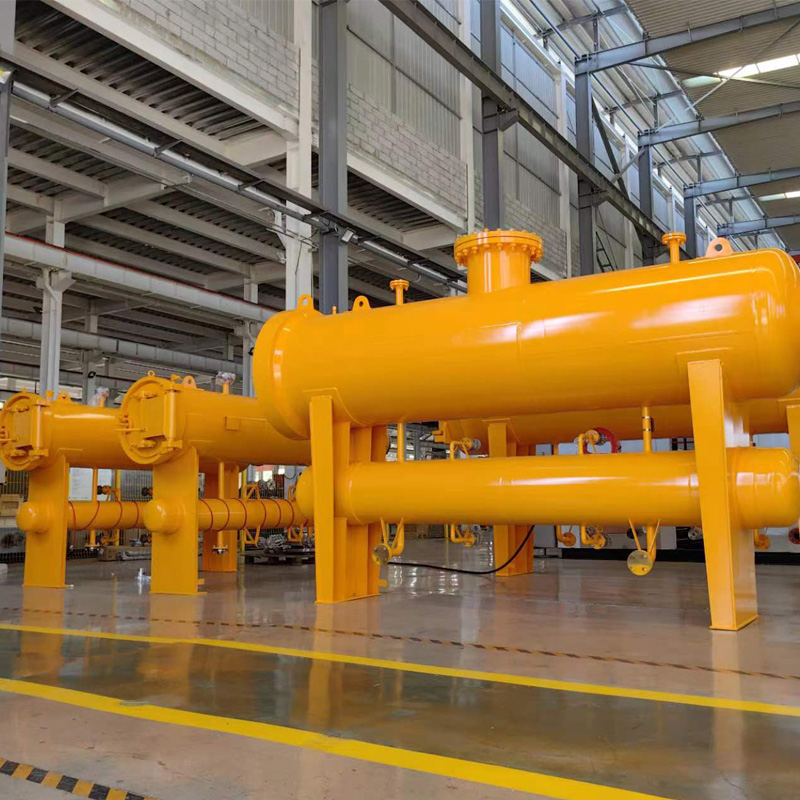
Nov . 23, 2024 06:33
Back to list
قياس الغاز
Measuring Gas A Fundamental Process in Science and Industry
Gas measurement is a critical aspect of various scientific and industrial applications. Understanding how to accurately measure gases not only helps in scientific research but also plays a vital role in ensuring safety, efficiency, and compliance in industrial processes. This article explores the different methods and instruments used in gas measurement, their significance, and the challenges faced in the field.
Importance of Gas Measurement
Gas measurement is essential in many sectors, including environmental monitoring, healthcare, manufacturing, and energy production. For instance, in environmental science, measuring gases such as carbon dioxide (CO2) and methane (CH4) is vital for studying climate change and pollution. In healthcare, accurate measurement of gases like oxygen (O2) and carbon dioxide is crucial for patient monitoring and respiratory therapies.
Industries often need to measure gas concentrations to optimize processes and reduce emissions. Accurate gas measurements help in maintaining operational efficiency and ensuring compliance with environmental regulations. Furthermore, in safety-sensitive environments such as chemical plants or enclosed spaces, gas measurement is critical for detecting toxic or explosive gases, thereby protecting workers and the environment.
Methods of Gas Measurement
There are several methods for measuring gases, each suited for specific applications. Some of the most common techniques include
.
2. Infrared Spectroscopy This technique measures the absorption of infrared light by gas molecules. Different gases absorb distinct wavelengths, allowing for the identification and quantification of various gases.
قياس الغاز

3. Mass Spectrometry This advanced method determines the mass-to-charge ratio of ionized gas molecules, providing highly accurate measurements of gas composition.
4. Electrochemical Sensors These sensors react with specific gas molecules, producing a measurable electrical signal. They are commonly used in portable gas detectors for safety monitoring in industrial sites.
5. Flow Meters These devices measure the flow rate of gases in pipelines, ensuring process efficiency and safety.
Challenges in Gas Measurement
Despite the advances in gas measurement technology, several challenges remain. One major issue is the need for calibration and maintenance of measurement instruments, as environmental factors can affect their accuracy. Additionally, the presence of interfering substances can lead to inaccurate readings, necessitating the development of selective and robust measurement methods.
Another challenge is the handling of gaseous samples, especially in high-pressure or toxic environments. Ensuring safe sampling and measurement procedures is crucial to protect personnel and maintain data integrity.
Conclusion
Measuring gases is an integral part of scientific and industrial processes, contributing to safety, environmental sustainability, and operational efficiency. As technology advances, new methods and instruments are continually being developed to enhance the accuracy and reliability of gas measurements. Understanding these techniques and their applications is essential for researchers and industry professionals alike, as they navigate the complexities of gas measurement in an ever-evolving landscape.
Latest news
-
Safety Valve Spring-Loaded Design Overpressure ProtectionNewsJul.25,2025
-
Precision Voltage Regulator AC5 Accuracy Grade PerformanceNewsJul.25,2025
-
Natural Gas Pressure Regulating Skid Industrial Pipeline ApplicationsNewsJul.25,2025
-
Natural Gas Filter Stainless Steel Mesh Element DesignNewsJul.25,2025
-
Gas Pressure Regulator Valve Direct-Acting Spring-Loaded DesignNewsJul.25,2025
-
Decompression Equipment Multi-Stage Heat Exchange System DesignNewsJul.25,2025

